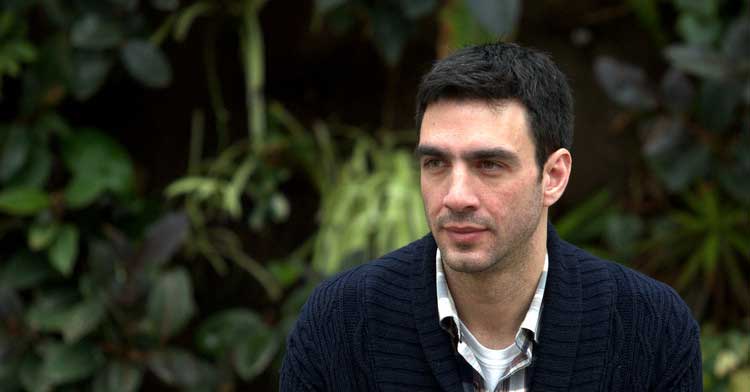XRISM: Canadian scientists to get glimpse of the hot universe
- Launch:
- Mission duration: 3 years
- Mission status: Active
Many people think of space as a cold and empty place, but some structures in the universe are incredibly hot. In fact, at the centre of most galaxies lie supermassive black holes, whose surrounding regions can reach millions of degrees.
X-rays can be described as a high-energy form of light that the human eye cannot see. Many kinds of astronomical objects, like massive stars, supernovae, regions surrounding black holes, and clusters of galaxies, emit X-rays. Because Earth's atmosphere shields us from this cosmic radiation, astronomers must send observatories into space to study these exotic objects.
Led by the Japan Aerospace Exploration Agency (JAXA), the X-Ray Imaging and Spectroscopy Mission (XRISM) is a new space observatory that will take a closer look at the hot, often violent ways that galaxies form and stars burn out. This mission includes an important NASA contribution: the Resolve instrument, an X-ray spectrometer that measures the energy of photons.
Canada's role in the mission
The XRISM observatory features two scientific instruments: Resolve, an X-ray spectrometer contributed by NASA; and Xtend, an X-ray imager. These instruments were tested and calibrated before installation and launch. NASA performed the tests on the Resolve instrument at the Canadian Light Source, a synchrotron facility in Saskatoon, Saskatchewan, that is capable of generating X-rays.

Dr. Luigi Gallo, member of the XRISM science team and professor of astronomy and physics at Saint Mary's University. (Credit: Ryan Taplin)

Dr. Brian McNamara, participating scientist and member of the Resolve instrument team, Canadian instrument calibration lead, and professor, department chair, and university research chair in astrophysics at the Department of Physics and Astronomy at the University of Waterloo. (Credit: University of Waterloo)
Canadian researchers' involvement is possible through NASA's participation in the mission. The Canadian Space Agency (CSA) is supporting the participation of two Canadian scientists on the XRISM science team:
- Dr. Luigi Gallo, Saint Mary's University
- Dr. Brian McNamara, University of Waterloo
Exploring the high-energy universe
As a result of this collaboration, Canadian astronomers will be able to compete for observation time, an exciting opportunity to conduct cutting-edge research into cosmic sources of X-rays and to shed light on the structure of our universe.
Canadian astronomers were also invited to compete on NASA's XRISM Guest Scientist (XGS) program, which provides an opportunity for scientists selected by NASA to participate in activities using data from the commissioning phase. The CSA is supporting the participation of one Canadian scientist in the XGS program:
- Dr. Julie Hlavacek-Larrondo, Université de Montréal

Dr. Julie Hlavacek-Larrondo, scientist taking part in the XGS program, Canada Research Chair in observational astrophysics of black holes and professor of physics at Université de Montréal. (Credit: Université de Montréal)
